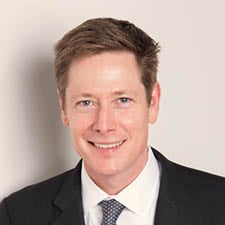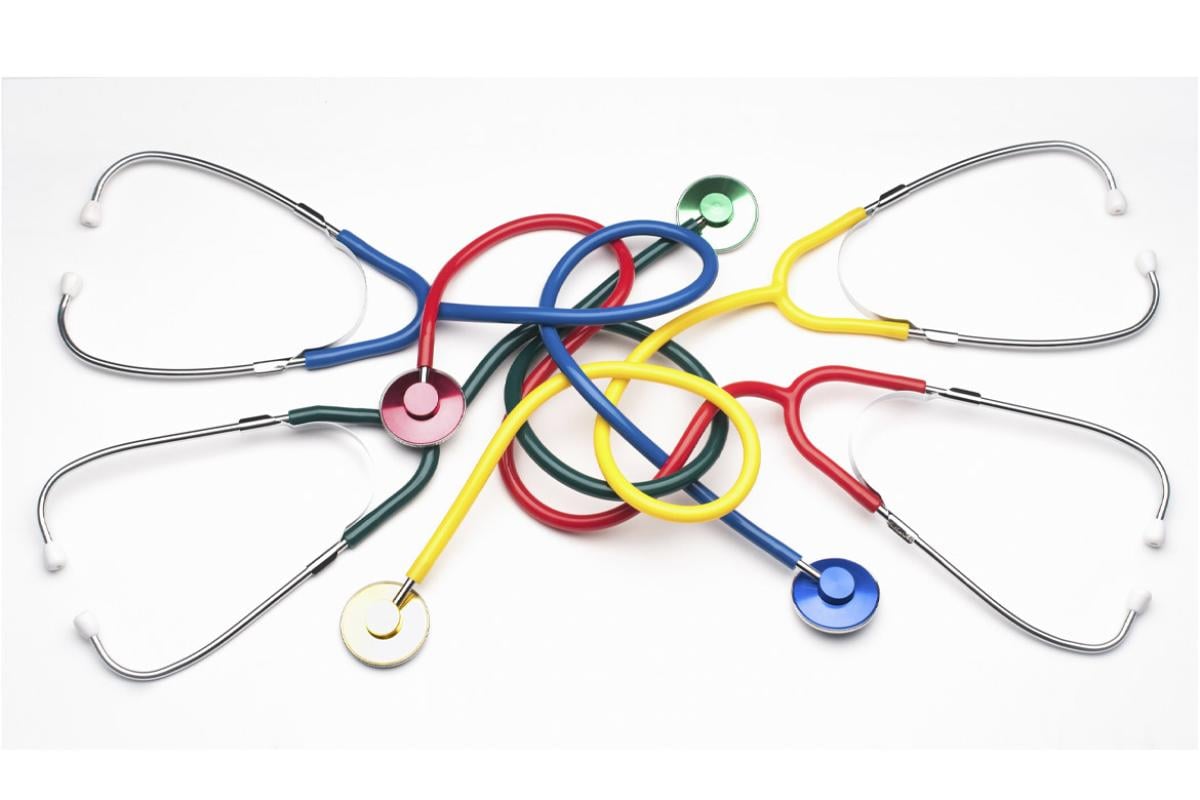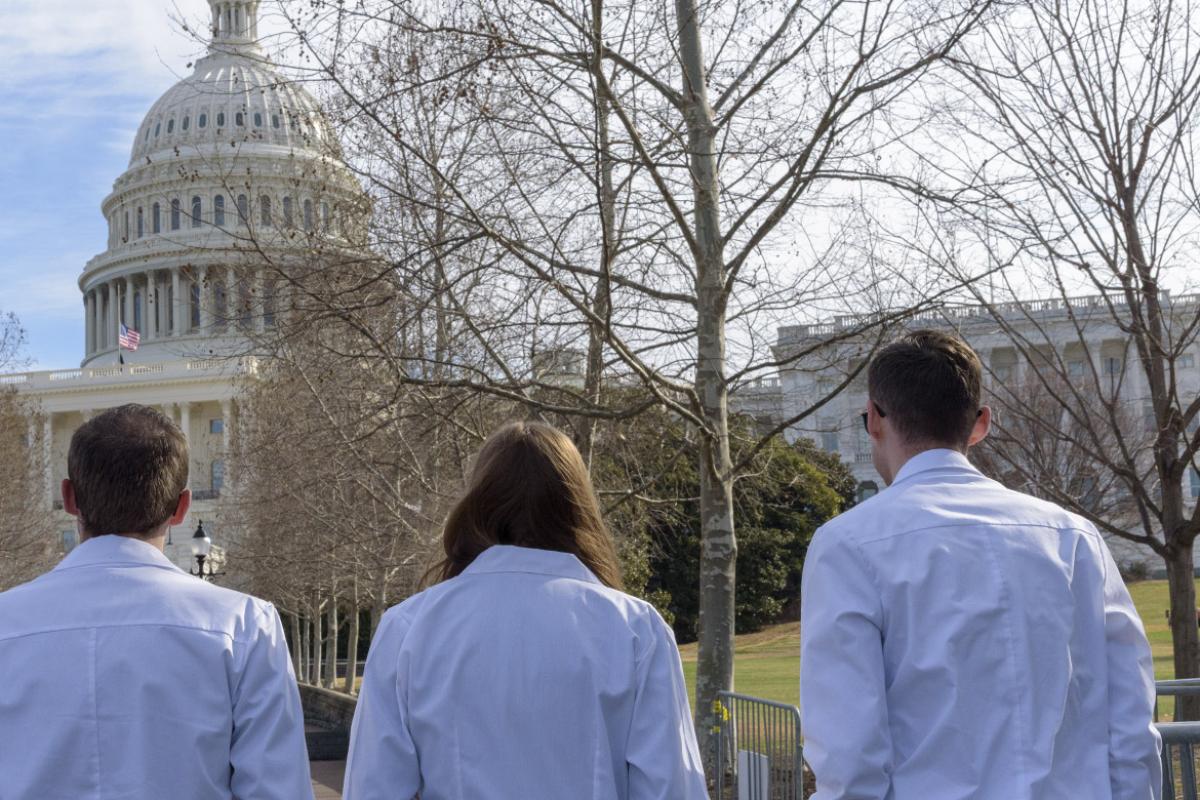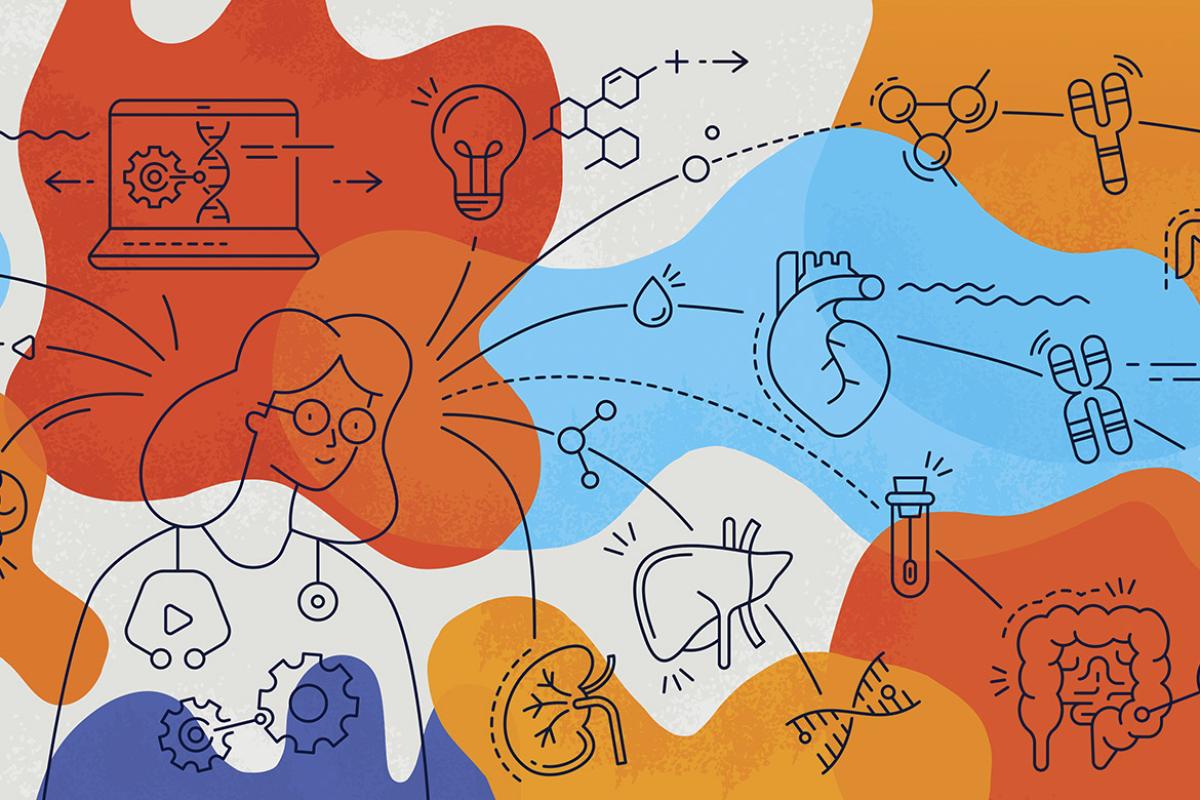As a medical student, do you ever wonder what it’s like to specialize in public health? Meet AMA member John Carlo, MD, a public health physician and a featured doctor in the AMA’s “Shadow Me” Specialty Series, which offers advice directly from physicians about life in their specialties. Check out his insights to help determine whether a career in public health might be a good fit for you.
The AMA’s Specialty Guide simplifies medical students’ specialty selection process, highlights major specialties, details training information, and provides access to related association information. It is produced by FREIDA™, the AMA Residency & Fellowship Database®.
Learn more with the AMA about the medical specialty of preventive medicine.
“Shadowing” Dr. Carlo (@jtcarlo)
Specialty: Public health/administration focused on HIV prevention and treatment.
Practice setting: Nonprofit community health center.
Employment type: Employed physician.
Years in practice: 15.
A typical day and week in my practice: I do not have a typical day, and this is something I prefer, honestly. Some days I have early morning meetings before the clinics open, and other days I have evening fundraising events or community meetings—there is no typical day.
I don’t really have a typical workweek either. I usually work about 50–60 hours a week, although this can vary because of travel schedules and meetings. We have a number of special events, and I do a number of speaking engagements both locally and nationally. Most of my day is filled with meetings and talking to the various people who are working to ensure patients receive the very best medical care at our health centers.
The most challenging and rewarding aspects of being a public health physician: Most of our patients are lower income and often have significant challenges with making ends meet, especially around housing, food and transportation. Over two-thirds of our patients discontinue care at some point, which is a huge challenge given the impact of our patients’ health when their HIV is not controlled. This also increases the risk of other infections.
Today, because of the great HIV treatment we have, we often see an amazing turnaround from their first visit to when they become virally suppressed. There are incredible physical improvements when someone’s HIV becomes controlled. Often, we do not recognize someone on his or her next visit because of the incredible improvement in health that can be accomplished today.
How life in public health has been affected by the global pandemic: There are so many changes that it’s hard at this point to stop and think about all of them. Most importantly, we learned how to do telehealth, how to test patients for COVID-19 in our parking lots and, most importantly, how to take care of our own team members.
Even now, we are still focusing on one day at a time. How many COVID-19 vaccines do we have today? How many patients are coming in for COVID-19 testing? How many of our staff are out sick or have sick family members? We just have to go about each day and do the very best that we can.
The long-term impact the pandemic will have on public health: Testing, testing, testing. I'm worried that all of the reliance for COVID-19 testing will take us away from the science of medical practice, which is having physicians make the diagnosis, not the tests. I worry that our clinical judgment is going to be less important because our patients will only want to know what their test results show.
Three adjectives to describe the typical public health physician: Empathetic, intelligent and strong.
How my lifestyle matches, or differs from, what I had envisioned: My lifestyle today is very different from what I envisioned, as I currently have a 100% administrative role. I do not have call, and I frequently have most weekends completely free.
Skills every doctor in training should have for life as a public health physician but that won’t be tested for on the board exam: Working at a community health center takes a great deal of patience and emotional maturity. Physicians have to work closely with various members of the care team, often from very different backgrounds and experiences. The most important way to be successful in this environment is knowing how to work well with others: peers, case managers, nurses and other specialists.
One question doctors in training should ask themselves before becoming a public health physician: Are you interested in looking at the big picture of health and public health, and would this motivation be strong enough to lower your direct patient care responsibilities?
Books every medical student interested in public health should be reading:
- Mountains Beyond Mountains: The Quest of Dr. Paul Farmer, A Man Who Would Cure the World, by Tracy Kidder.
- My Own Country: A Doctor’s Story, by Abraham Verghese, MD.
- When Breath Becomes Air, by Paul Kalanithi, MD.
The online resource students interested in public health should follow: Centers for Disease Control and Prevention.
Quick insights I would give students who are considering public health: Spend the necessary time to become familiar with all areas of medicine during your training. Practitioners of public health tend to need to know a little about all of the different areas, especially if deciding to work internationally.




